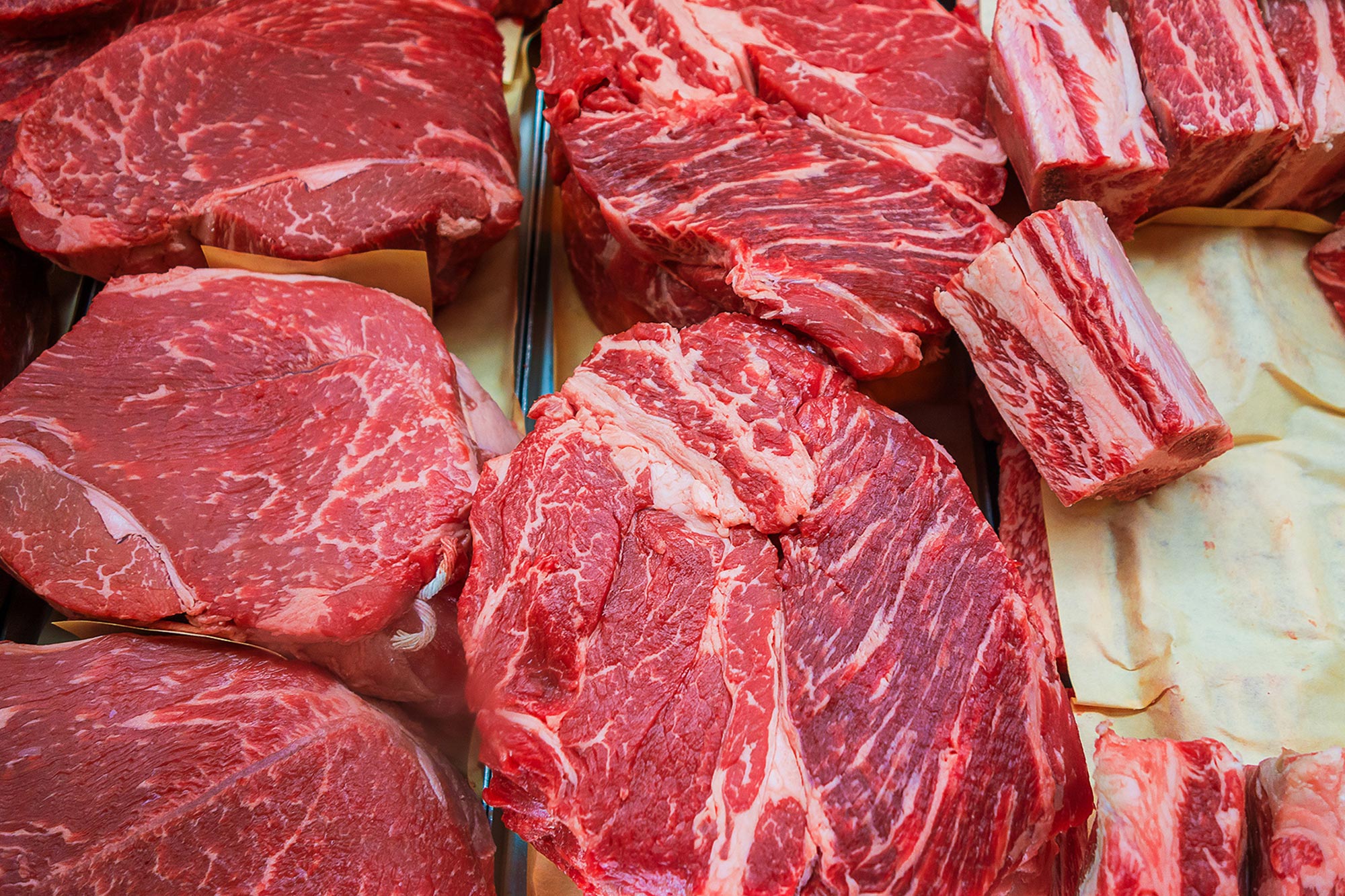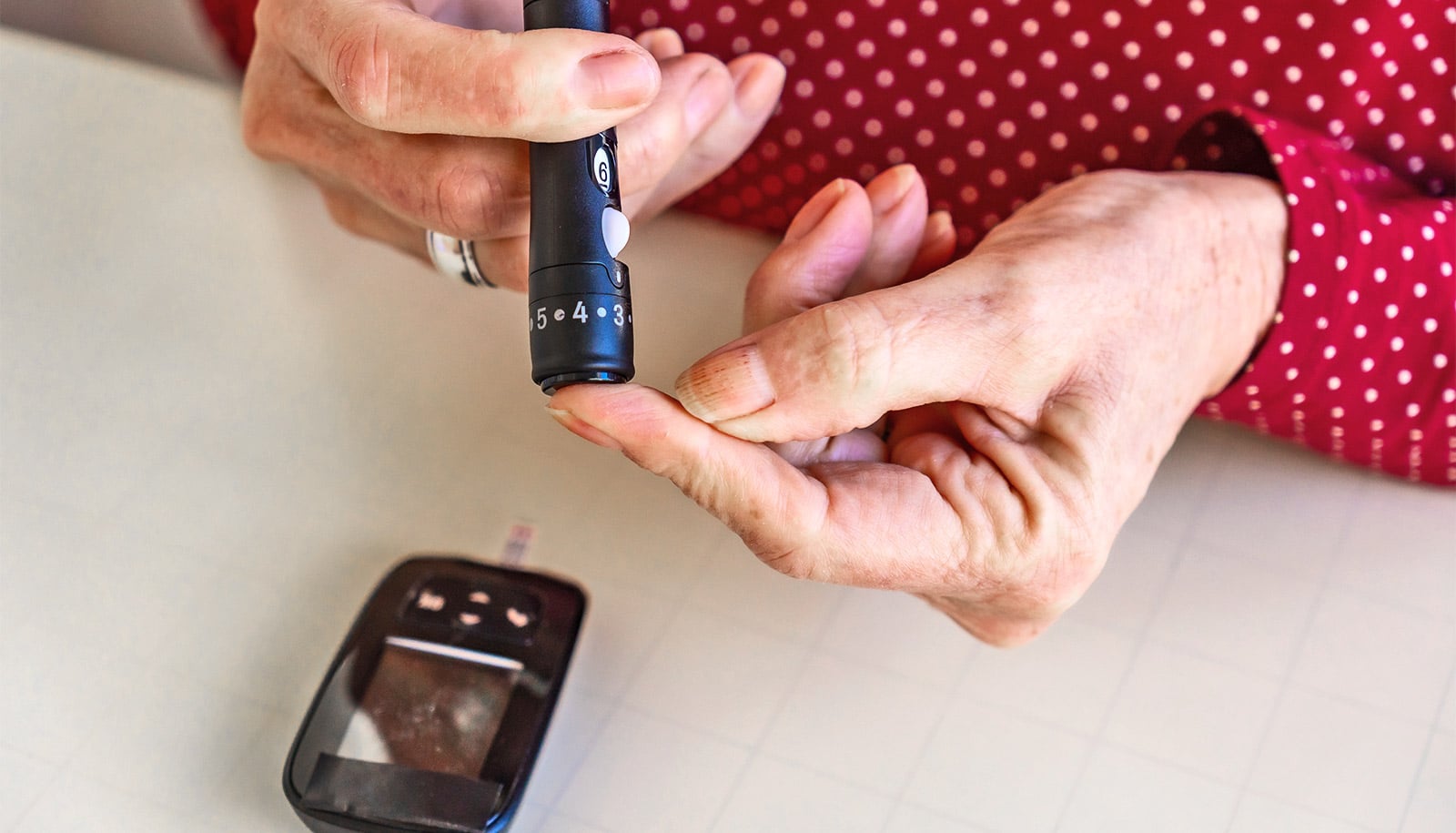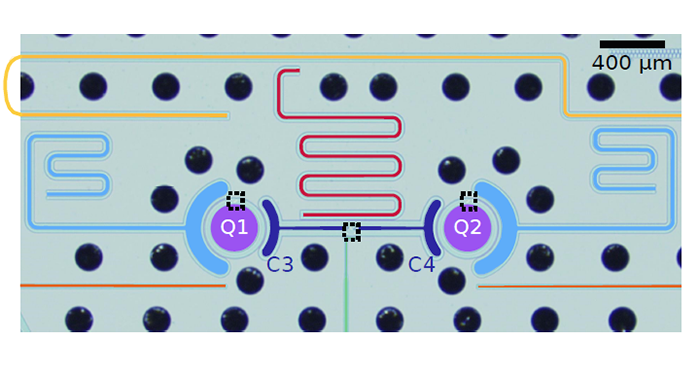Research from Harvard University reveals that high intake of heme iron, found in red meat, is associated with a 26% increased risk of type 2 diabetes.
- Researchers identified a significant link between heme iron—iron found in red meat and other animal products —and risk of type 2 diabetes (T2D), as well as the metabolic pathways underlying the link.
- Non-heme iron—iron found in plant-based foods—was not associated with risk of T2D.
- The study suggests that cutting down on heme iron from red meat and adopting a plant-rich diet can help lower diabetes risk. And it raises concerns about the addition of heme to increasingly popular plant-based meat alternatives.
Iron Intake and Diabetes Risk
Higher intake of heme iron, the type found in red meat and other animal products—as opposed to non-heme iron, found mostly in plant-based foods—was associated with a higher risk of developing type 2 diabetes (T2D) in a new study led by researchers at Harvard T.H. Chan School of Public Health. While the link between heme iron and T2D has been reported previously, the study’s findings more clearly establish and explain the link.
“Compared to prior studies that relied solely on epidemiological data, we integrated multiple layers of information, including epidemiological data, conventional metabolic biomarkers, and cutting-edge metabolomics,” said lead author Fenglei Wang, research associate in the Department of Nutrition. “This allowed us to achieve a more comprehensive understanding of the association between iron intake and T2D risk, as well as potential metabolic pathways underlying this association.”
The study was published on August 13 in the journal Nature Metabolism.
Longitudinal Study Findings
The researchers assessed the link between iron and T2D using 36 years of dietary reports from 206,615 adults enrolled in the Nurses’ Health Studies I and II and the Health Professionals Follow-up Study. They examined participants’ intake of various forms of iron—total, heme, non-heme, dietary (from foods), and supplemental (from supplements)—and their T2D status, controlling for other health and lifestyle factors.
The researchers also analyzed the biological mechanisms underpinning heme iron’s relationship to T2D among smaller subsets of the participants. They looked at 37,544 participants’ DOI: 10.1038/s42255-024-01109-5
Other Harvard Chan authors included Andrea Glenn, Anne-Julie Tessier, Danielle Haslam, Marta Guasch-Ferré, Deirdre Tobias, Heather Eliassen, JoAnn Manson, Kyu Ha Lee, Eric Rimm, Dong Wang, Qi Sun, Liming Liang, and Walter Willett.
“Integration of epidemiological and blood biomarker analysis links heme iron intake to increased type 2 diabetes risk,” Fenglei Wang, Andrea J. Glenn, Anne-Julie Tessier, Zhendong Mei, Danielle E. Haslam, Marta Guasch-Ferré, Deirdre K. Tobias, A. Heather Eliassen, JoAnn E. Manson, Clary Clish, Kyu Ha Lee, Eric B. Rimm, Dong D. Wang, Qi Sun, Liming Liang, Walter C. Willett, Frank B. Hu, Nature Metabolism, August 13, 2024, doi: 10.1038/s42255-024-01109-5




















Discussion about this post